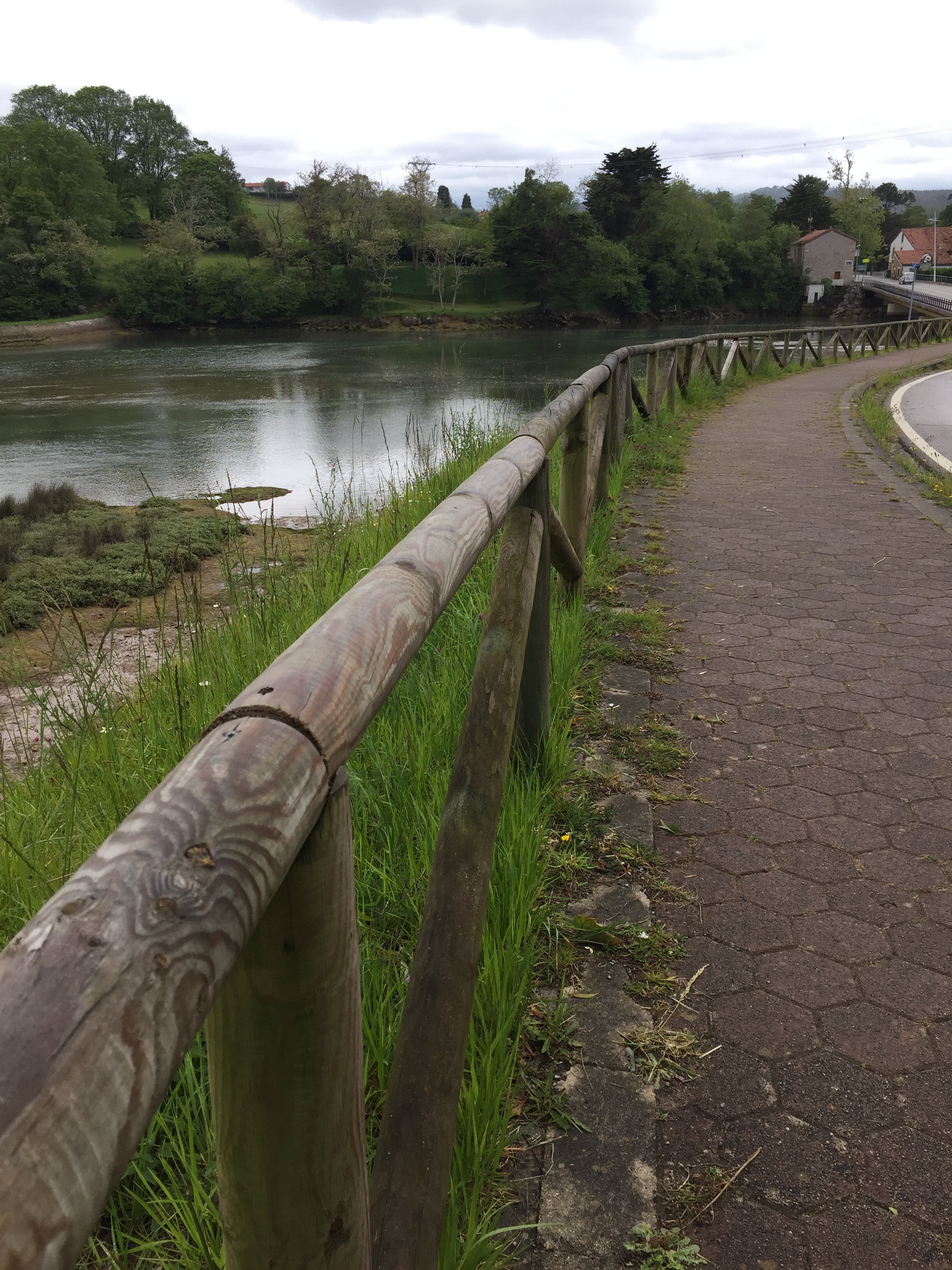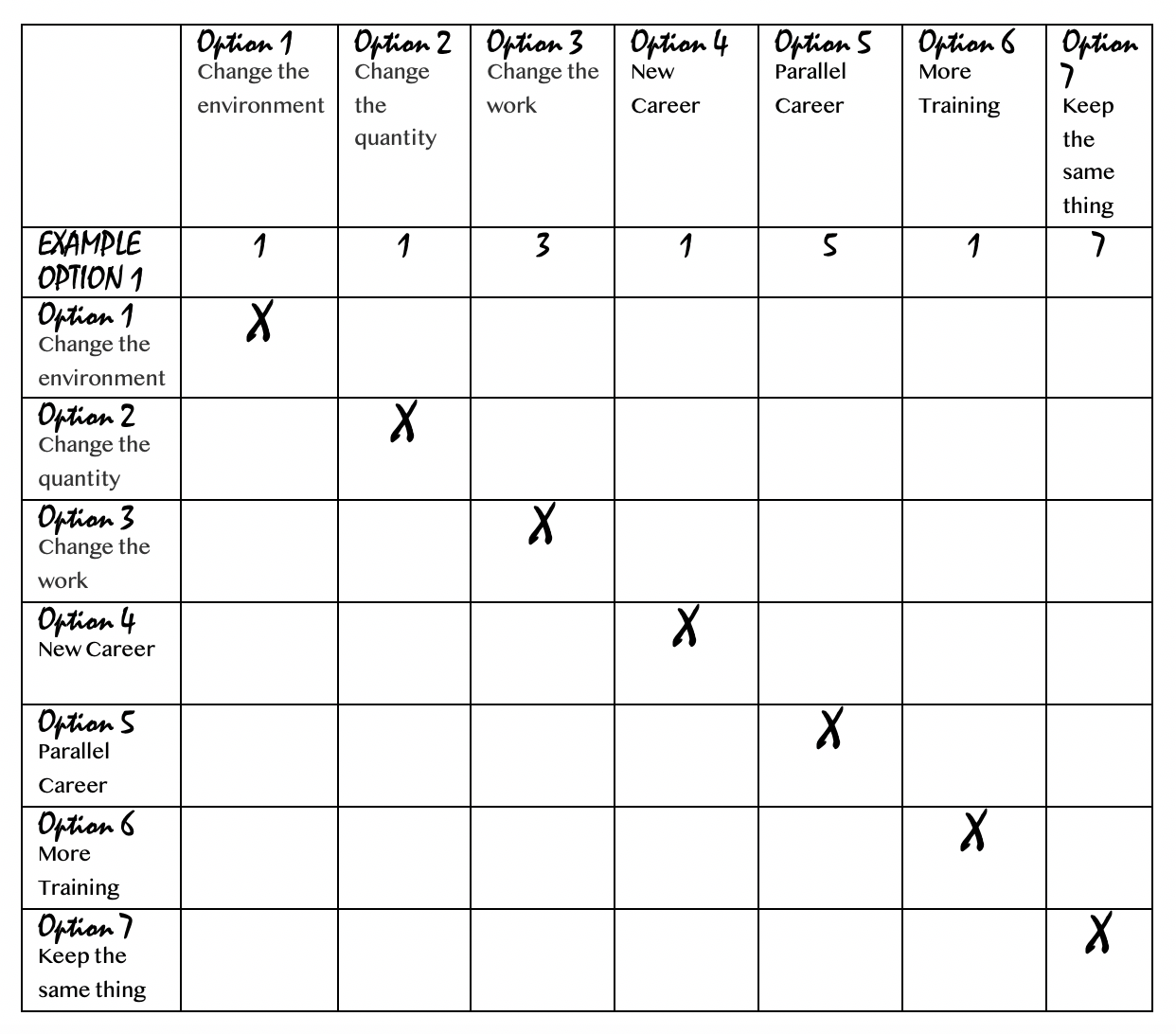Creating From Abundance versus Scarcity: 6 Lessons from Unblocked Creatives
/I used to struggle with the idea of being an artist, myself. I deeply appreciate art, but don’t consider myself a fine or performing artist. My creation was often intangible and couldn’t be seen. As I played with thoughts and penned some of them, I slowly shared. Others would comment those are really intriguing ideas…I began to see through the years that what I was creating was a new way of approaching my world through different ideas.
Further doubt continued - I also would not consider myself a writer. For most of my life, I struggled to find the words to articulate my thoughts. I would blame persistent brain fog or second-language learning taking up an excess of space in my brain’s language center for not having the right words – which are both legitimate excuses, by the way! But the truth is, at my core I’m a right-brain, visual thinker. I use pictures and music and hand’s-on learning to both learn and to express myself. I slowly came to acknowledge that I am a creator in my own right, through out-of-the-box ideas. I am a thought-creator or content creator. This freedom and acceptance began my journey of becoming an unblocked artist. I came to understand that we all are creators with unique expressions to contribute to our world.
However as I look back on my life, I often created, withholding - from a place of scarcity assuming I would lose more than I would gain in the creation process. Sharing my expression had in the past landed on unsafe, critical people. I often felt misunderstood and became more afraid to express my voice chancing more misunderstanding. This vicious cycle of fear > scarcity > misunderstanding persisted. I experienced the critical voices as screaming at me and the affirming ones as whispers. How could I get past this cycle? It was never like that 100% of the time, but it sure felt like it.
I think about my 6 year-old daughter as my master teacher on these matters. She creates from a place of generosity. Everyday I’m given some form of drawing or craft that she has worked hard on (often multiple times a day). She is able to do that for several reasons. 1. She creates in abundance! So, she has an abundance to share. 10 drafts later…she’s still drawing similar versions of the same thing. 2. At her age she doesn’t feel the same performance pressure and expectation that I might if I’m trying to meet a deadline. She is just playing and experimenting. She really has nothing to lose. 3. She is creating because she enjoys it. Many mornings the first thing she’ll do it start drawing. It brings her life! 4. She has resources. We provide her with supplies and give her lots of free creative time. When our schedules are full, we can see her frustration at not being able to just create. She needs the support of free time. 5. Finally, her art is a simple expression of love and generosity and one of the few tangible ways that she has to show love to her world.
I’m truly inspired by watching this free artist work from a place of abundance. I want that for myself. I want to create that space of generosity and freedom for others. I must ask, where does my support come from? I turn inward towards my safe center – to those who have been encouraging people on my journey: My husband, my coach, my counselor, a few like-minded friends. These people all became for me a part of my core community to create with and from! From these affirming voices, I was able to create my fresh expression of calling for myself from a new-found freedom within. These people are the ones that keep me going when the self-limiting beliefs creep in, because creeping they will come. They’re also the ones to stretch the “lies” I might tell myself. They are an essential part of the support I need to continually have in my life.
From this place of safety, I’m able to move outward more freely from a place of scarcity and hiddenness with my creation to a place closer to generosity. Our art should be generous! We must ask for help from the divine artist to be a maker, generous and open to giving this part of us in act of service – not from a place of scarcity.
1. Create so there is an abundance to share.
2. Experiment. Not every draft will be magical!
3. Create what brings you joy.
4. Find the support of resources – time, money and people.
5. Let your expression of art be full of love and generosity to others.
6. Surround yourself with the unblocked makers of the world.
This is my prayer: Help me, God, to create from a place of abundance with a spirit of freedom and generosity not scarcity or competitiveness.
Question: Which of the above list of 6 do you struggle with most as a creative person? What is one thing you can do this week towards enhancing your creative self? Who is in your creative support network?
_______________________________
All that is Made: A Guide to Faith and the Creative Life
Geoff Gentry and Bryan Ye-Chung
By Alabaster co.

















































































